Looking for bargain camera/lens combinations that can produce great image quality is fun. How about the Carl Zeiss 135mm f/2 APO-Sonnar ZF.2 on the a7 with the Novoflex adapter? Can it compare to the much more expensive (three times as much !) combination of the 135mm f/3.4 Leica APO-Telyt on the M240?
Here is the now-familiar scene (shown with the a7):
Mounting such a heavy lens on the diminutive a7 safely was a challenge. Here’s how I handled it:
I mounted the cameras to a Gitzo GT3541XLS tripod, with a Arca-Swiss ball head and a RRS L-plate on the M240. I focused both cameras wide open. I set the Zeiss 135 to f/2, and the shutter to 1/8000, made an exposure using the 2-second self-timer delay, stopped down the camera one stop and slowed the shutter one stop and made another, continuing until I got to f/16 and 1/125. Then I turned off live view (to eliminate shutter wind shock) and did the same thing with the Leica, omitting the f/2 and f/2.8 exposures because the APO-Telyt doesn’t open up that far.
I “developed” the images in Lightroom with default settings except for selecting daylight white balance. I exported them all to Photoshop as layers, labeled the layers by camera and f-stop, and made a crop with the centers aligned and one with the upper left corner aligned.
The Leica sensor is somewhat less sensitive than the Sony’s when set to the same ISO. I corrected for that in post this time, giving a 1/3 stop Exposure boost to the Leica images and a 1/3 stop Exposure pull to the Sony ones. The color balance of the two sensors, as interpreted by Lr, is also different, with the a7 appearing greener. I left that alone this time.
I enlarged the crops that you’re seeing here by a factor of two using nearest neighbor, so that each pixel in the original images becomes a square of four identical pixels. I did that so that the pixel structure would survive the JPEG DCT compression that I must use for the web.
There is pronounced light falloff towards the corners with the Zeiss lens wide open. At f/2.8, there’s still noticeable darkening there.
However, even wide open, the center is crisp and nicely modeled:
f/4 is about the same with the Zeiss:
But that stop with the Leica lens, while almost as sharp, doesn’t have the close to the same micro-contrast:
f/5.6 through f/11 is about the same on the Zeiss lens, indicating that it’s got a lot more resolving power than the a7’s sensor. f/16 is getting a little soft.
The Leica crisps up nicely at f/5.6, but still doesn’t have the snap that the Zeiss lens delivers:
F/8 is about the same with the Leica, f/11 is softer, and f/16 fuzzier yet. It’s interesting that f/16 with the Zeiss lens is a bit sharper than f/16 with the Leica lens, although diffraction is affecting both.
When the Zeiss is used at f/2, the upper left corner is dark from the falloff, but still commendably sharp:
At f/4 the Zeiss has brightened up considerably, and maybe picked up a little sharpness:
At f/4 the Leica lens is soft by comparison, but it’s still sharp enough to show a little false color aliasing in one of the branches:
At f/5.6 the Leica is crisping up:
But the Zeiss still has more micro contrast:
The Zeiss lens continues to outperform the Leica one at f/8, and they start to loose punch a bit at f/11, but at f/16, the Sonnar:
is still doing better than the APO-Telyt:
The Zeiss APO Sonnar costs slight more than half the APO-Telyt tariff, and it is a better performer. It’s actually an amazing performer, and it’s going to take a 50 or 60 megapixel full frame camera to find out how good it really is. However, it is big and heavy. The svelte 135mm Leica lens is a better fit for the a7 if you’re going to be hand holding most of the time.

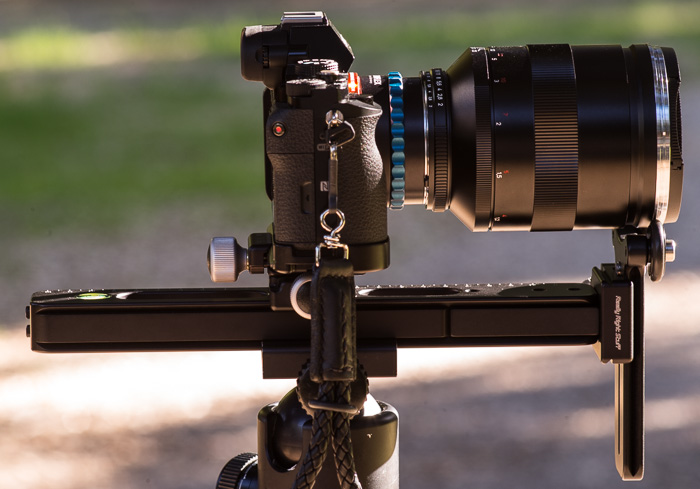
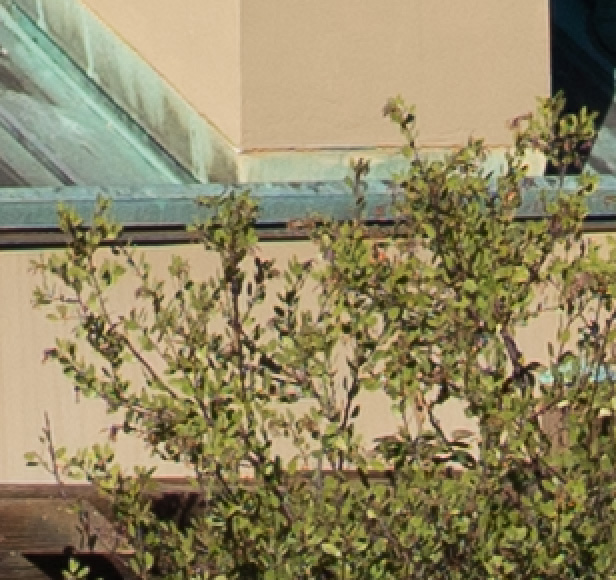
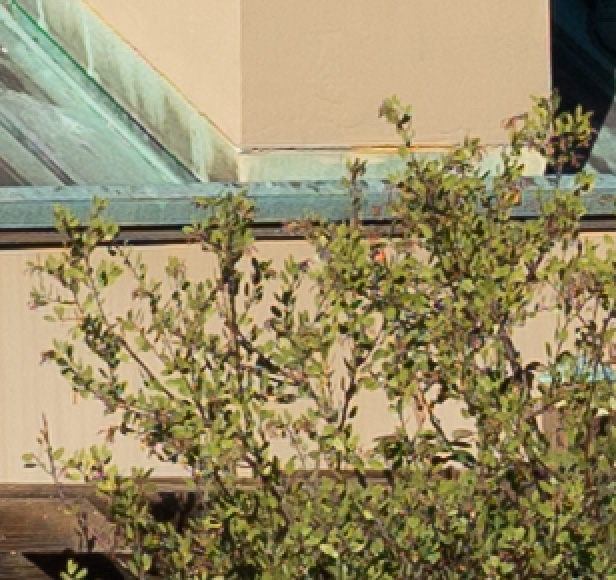
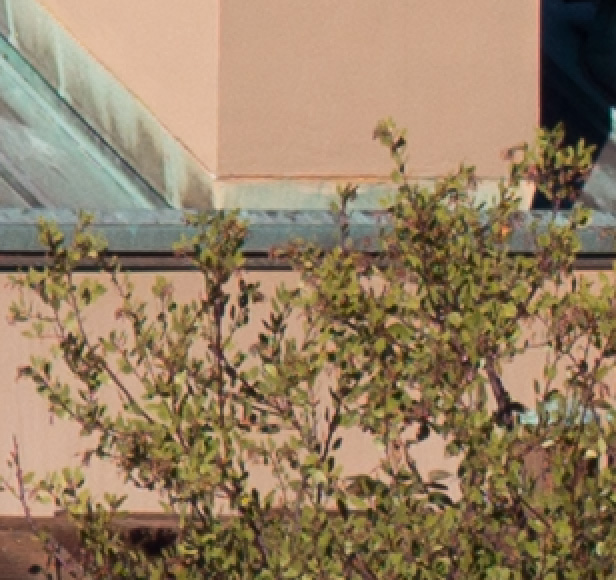

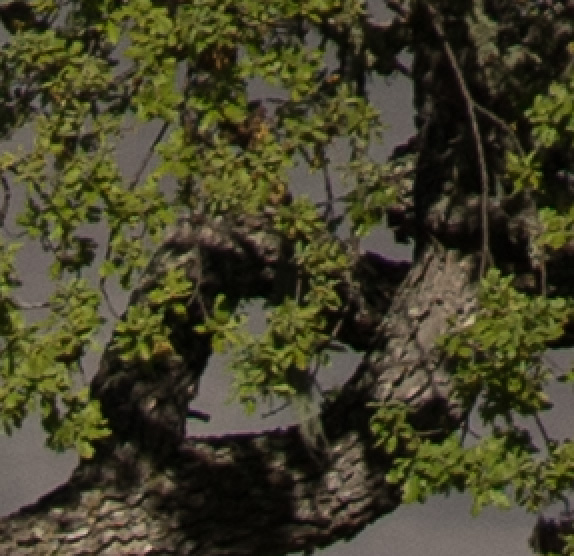
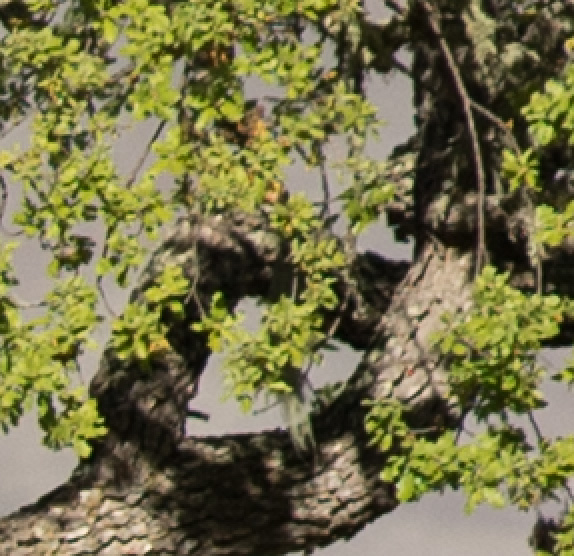

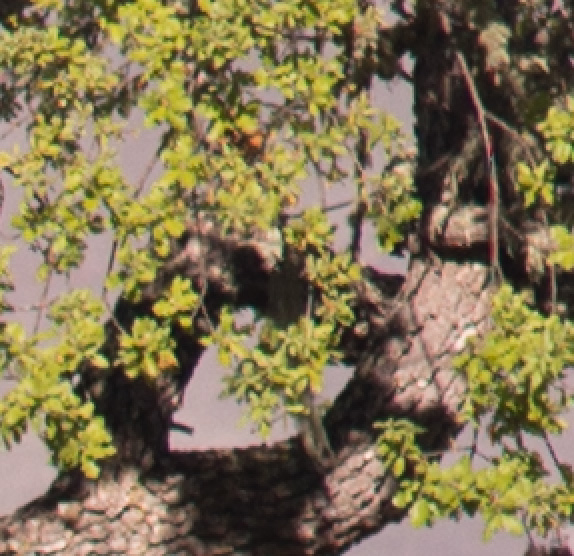
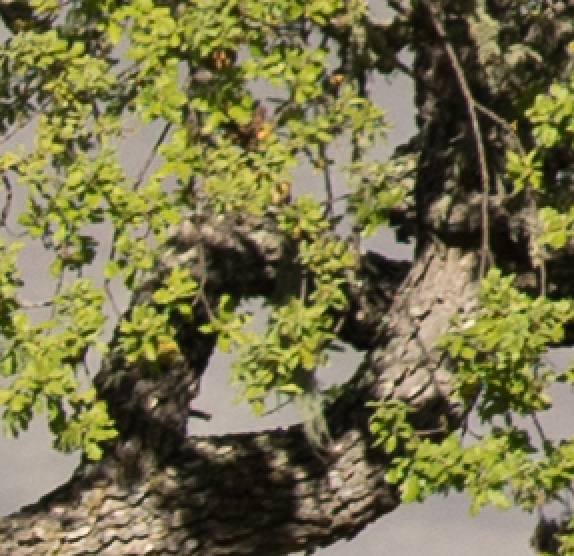
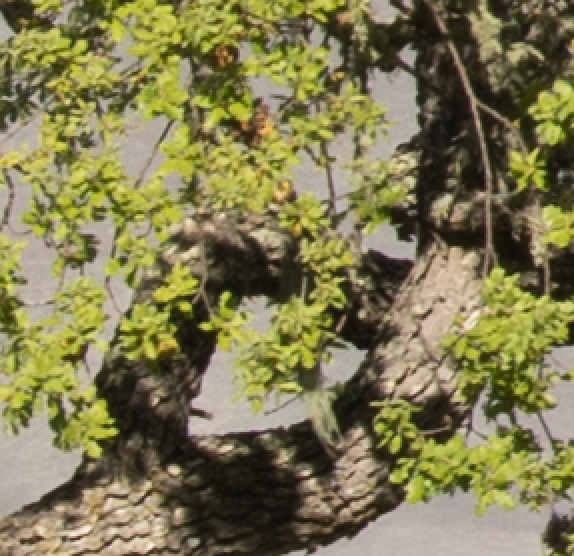
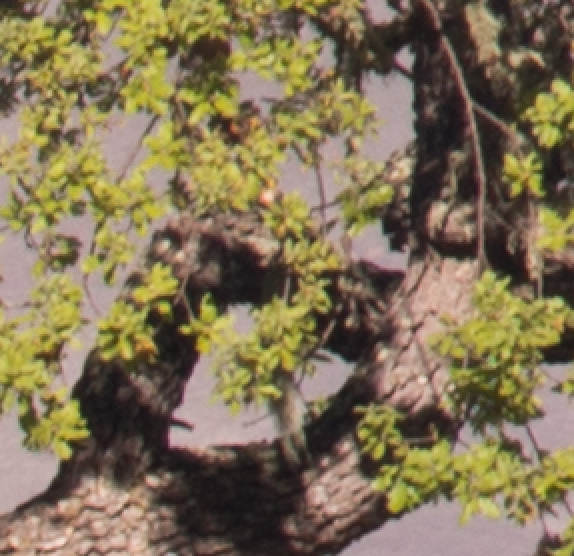
Thanks so much for this review! It made a difference for me.
Do you have a feeling as to how safe it is for me to order the ZE version? Can I safely assume that I’m as likely to enjoy the lens as if I bought the ZF.2? I’ll be using it on Sony Alpha A7/r/s cameras with a Metabones III or IV adapter.
AFAIK, it’s the same lens in a slightly different mount. Lloyd Chambers says that, as well.
So the answer is: yes!
Good luck.
Jim
Hi Jim – Great review.
Can you tell me the gear you have from RRS to support the 135? I am interested in the new Mivus version (for use on my Sony A7R II) and found your review in my travels.
If you don’t remember the product(s) I can send your picture to RRS.
Many thanks ! Dave Panno (DFPanno)
I should note that I no longer brace the Zeiss 135/2 on a7x cameras. The current versions have a lens mount that I consider strong enough to support the lens unassisted.